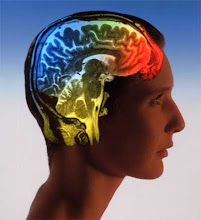Social identity theory states that a person’s sense of who they are base on their group membership(s). It originates from the research of Henri Tajfel. There are four main processes involved:
- People have a natural tendency to divide into conflicting groups.
- Our sense of who we are is based on membership of groups e.g. your job, what team you support, and this affects self-esteem.
- We make comparisons, and these are biased towards in-groups, and against out-groups.
- We like our groups to be distinctive from and superior to other groups.
So we divide the world up into ‘them and us’, we bind up our own identity with that of our group, and we make biased judgements in favour of that group. If we perceive that our own group is not different enough or superior enough we try to change that, either by helping our own group, or acting against the outgroup.
Tajfel believed that stereotyping is a normal cognitive process – we tend to group things together. In doing so, we tend to exaggerate the similarities of things within the group, and exaggerate the differences between groups. When applied to people, it leads to a group mentality. Prejudice comes about because for self-esteem to be maintained, our group needs to compare favourably with other groups. Once two groups identify themselves as rivals they are forced to compete in order for the members to maintain their self-esteem.
Tajfel’s work has made him the most influential social psychologist of the present day. The idea that our sense of self is in large part based on group membership has been fully adopted by mainstream social psychology.
However, SIT’s view of self-esteem as based on group membership seems simplistic, given the importance of other factors such as our skills, appearance and abilities. Rubin & Hewstone (1998) failed to find experimental support for the idea that intergroup discrimination elevates self-esteem or that low self-esteem motivates discrimination.

No comments:
Post a Comment